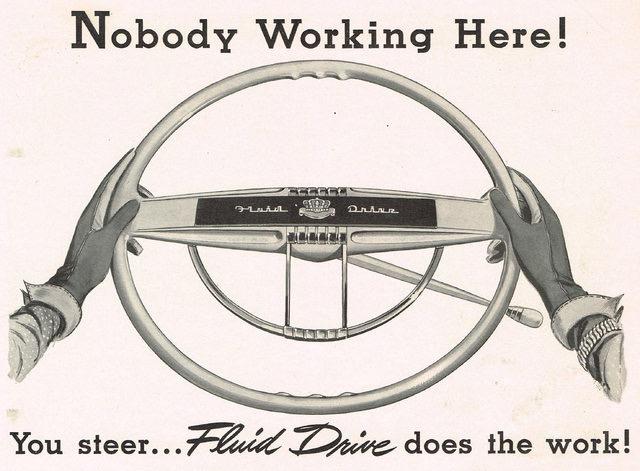“Just ignore that stupid engine light,” I was told when I borrowed my mother’s VW last week.
Exactly. That’s what you do with the check engine light, isn’t it. The exemplar of what engineers used to call the “idiot light” — unlike a decipherable analog gauge, it pointlessly comes on and doesn’t tell you anything. And then it turns off again.
In fact, the on again, off again game is one I’ve played successfully of late with a 2008 Honda Pilot registering north of 250,000 miles on its odometer, and its partner in creeping decrepitude, a 2013 Subaru Forester pushing 190K: “Ooh, the engine light’s off!” And then I take advantage, hustling the heap into a shop so it can pass inspection before the light comes back on again, as it most certainly will, only to be ignored once more.
The instrument display of that Subaru is lately lit up like a Christmas tree — check engine, of course, usually a soon-to-be-outdated outline of an internal combustion job, but here simply two words in emergency yellow. Then there’s the terminally flashing green cruise control indicator. Why? I don’t know. I’d say it’s ominous, but nothing ever changes.
The best of the permanently lit is the one that’s some industrial designer’s depiction of a car skidding on a slick road. But is that meant to communicate a risk of doing so? Or rather that some system has been engaged to prevent such skidding? Lower on the dash is a corresponding button, showing the same out-of-control vehicle. Pushing it does precisely nothing.
I had a professor in college who liked to mock the “cracker barrel curmudgeon,” an essayist like E.B. White, for example. Maybe you know what he meant regarding White’s retrospective laments: “Yes, but do you really want to go back to a time, say, before the civil rights movement? The bad old days?”
Still, it’s entirely possible that newfangled overengineering has become a self-defeating scourge. The automatic transmission has been around in a mass-market way since 1940 or so, but I can’t escape thoughts of my old stick shift, once known as a standard transmission, in what was an entirely understandable piece of transportation equipment built in 1984, with hand-crank windows and all the rest.
Enjoyment aside, those tangible features kept you engaged. And speaking of engineers, isn’t low-tech in some ways superior, in their view? Closer to the machine, I believe is the term.

